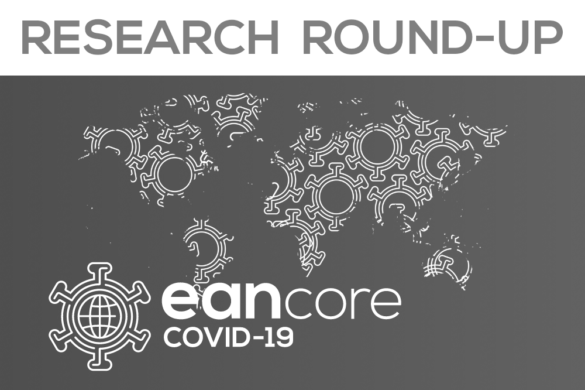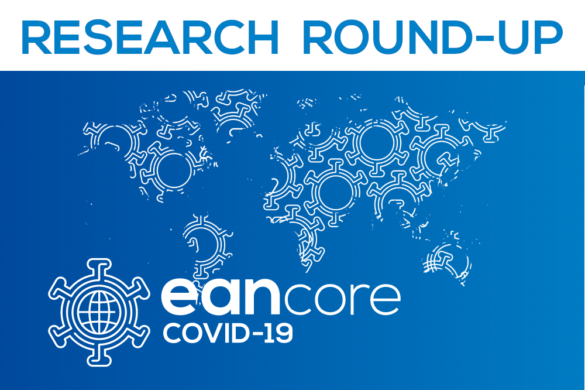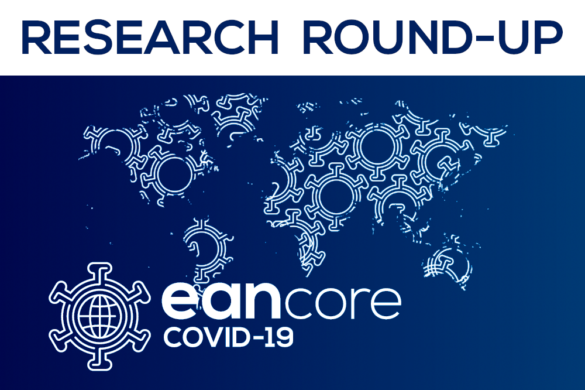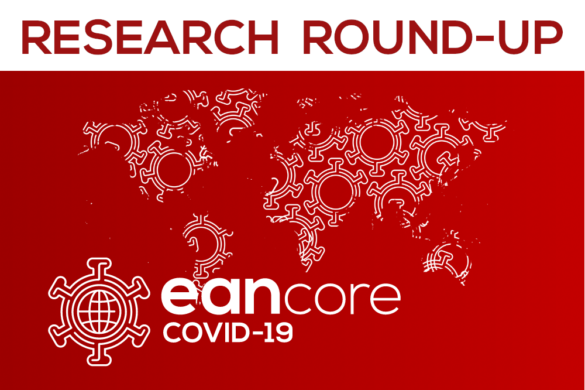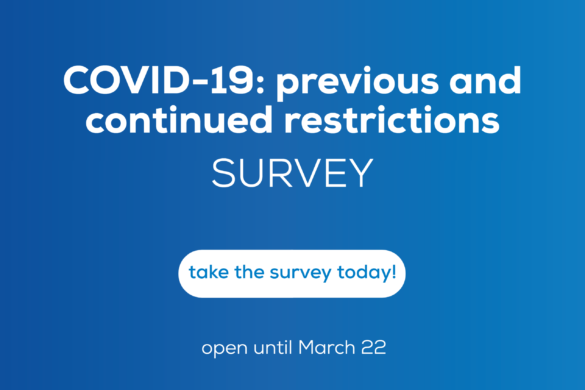Cross-sectional case-control studies (Blue)
COVID-19 is a complex disease targeting many organs. Previous studies highlight COVID-19 as a probable risk factor for acute cardiovascular complications. In this article the authors aimed to quantify the risk of acute myocardial infarction and ischaemic stroke associated with COVID-19 by analysing all COVID-19 cases in Sweden. This self-controlled case series (SCCS) and matched cohort study was done in Sweden. The personal identification numbers of all patients with COVID-19 in Sweden from Feb 1 to Sept 14, 2020, were identified and cross-linked with national inpatient, outpatient, cancer, and cause of death registers. The controls were matched on age, sex, and county of residence in Sweden. International Classification of Diseases codes for acute myocardial infarction or ischaemic stroke were identified in causes of hospital admission for all patients with COVID-19 in the SCCS and all patients with COVID-19 and the matched control individuals in the matched cohort study. The SCCS method was used to calculate the incidence rate ratio (IRR) for first acute myocardial infarction or ischaemic stroke following COVID-19 compared with a control period. The matched cohort study was used to determine the increased risk that COVID-19 confers compared with the background population of increased acute myocardial infarction or ischaemic stroke in the first 2 weeks following COVID-19.
86 742 patients with COVID-19 were included in the SCCS study, and 348 481 matched control individuals were also included in the matched cohort study. When day of exposure was excluded from the risk period in the SCCS, the IRR for acute myocardial infarction was 2·89 (95% CI 1·51–5·55) for the first week, 2·53 (1·29–4·94) for the second week, and 1·60 (0·84–3·04) in weeks 3 and 4 following COVID-19. When day of exposure was included in the risk period, IRR was 8·44 (5·45–13·08) for the first week, 2·56 (1·31–5·01) for the second week, and 1·62 (0·85–3·09) for weeks 3 and 4 following COVID-19. The corresponding IRRs for ischaemic stroke when day of exposure was excluded from the risk period were 2·97 (1·71–5·15) in the first week, 2·80 (1·60–4·88) in the second week, and 2·10 (1·33–3·32) in weeks 3 and 4 following COVID-19; when day of exposure was included in the risk period, the IRRs were 6·18 (4·06–9·42) for the first week, 2·85 (1·64–4·97) for the second week, and 2·14 (1·36–3·38) for weeks 3 and 4 following COVID-19. In the matched cohort analysis excluding day 0, the odds ratio (OR) for acute myocardial infarction was 3·41 (1·58–7·36) and for stroke was 3·63 (1·69–7·80) in the 2 weeks following COVID-19. When day 0 was included in the matched cohort study, the OR for acute myocardial infarction was 6·61 (3·56–12·20) and for ischaemic stroke was 6·74 (3·71–12·20) in the 2 weeks following COVID-19. The authors concluded that their findings suggest that COVID-19 is a risk factor for acute myocardial infarction and ischaemic stroke. This indicates that acute myocardial infarction and ischaemic stroke represent a part of the clinical picture of COVID-19 and highlights the need for vaccination against COVID-19.
Katsoularis I, Fonseca-Rodríguez O, Farrington P, Lindmark K, Fors Connolly AM. Risk of acute myocardial infarction and ischaemic stroke following COVID-19 in Sweden: a self-controlled case series and matched cohort study. Lancet. 2021 Aug 14;398(10300):599-607. doi: 10.1016/S0140-6736(21)00896-5.





